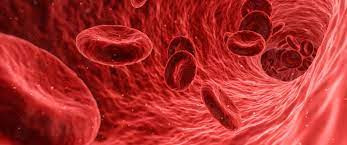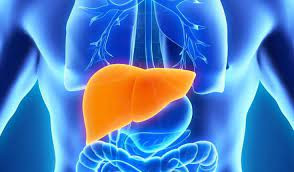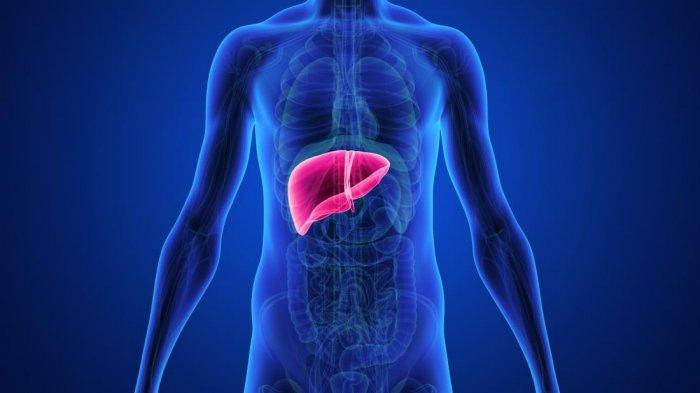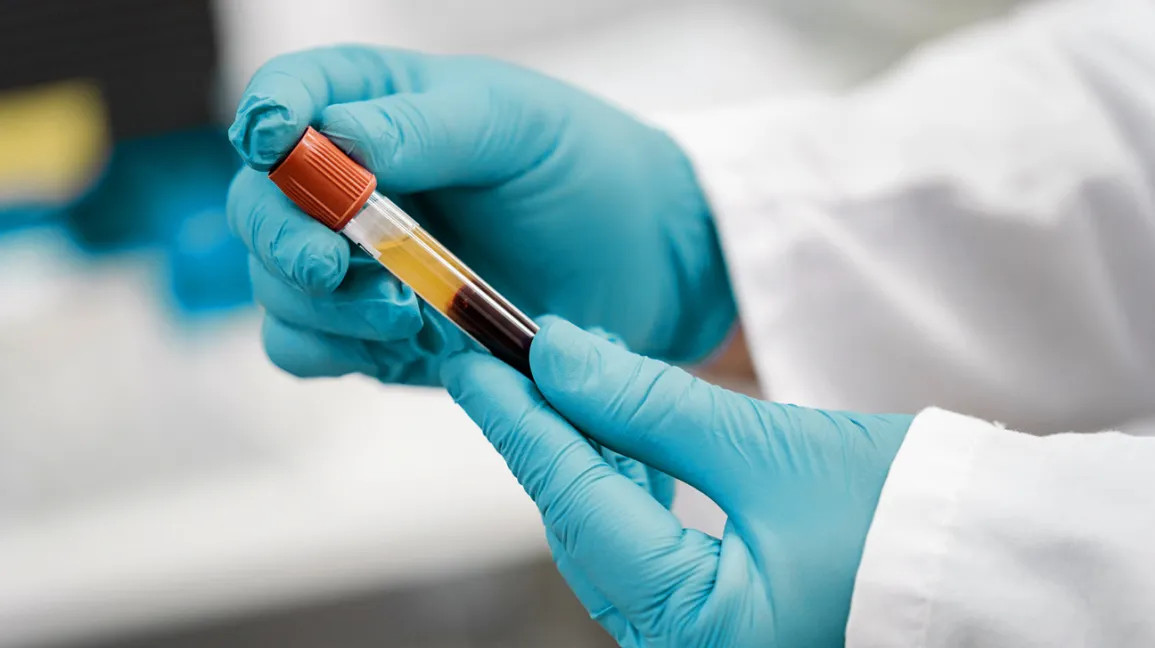Definition
The clot retraction test is used to assess the time it takes for a blood clot to form in a test tube and for its edges to retract from the side of the glass plate. This test was once a standard procedure for diagnosing blood clotting disorders, but it is now rarely performed.
The primary purpose of this test is to evaluate platelet function, particularly when there is a decrease in the number of platelets, when platelets are unable to perform effectively during the clotting process, or when proteins that disrupt the clotting process are present. The principle behind the clot retraction test is to allow the blood to clot in a graduated tube, after which the serum volume is measured and expressed as a percentage.
Coagulation disorders refer to a group of conditions that affect how the body manages blood clotting. In the case of improper blood clotting, individuals may face complications such as excessive bleeding following an injury or surgery, or blockages that hinder blood flow.
Coagulation disorders can lead to either excessive or insufficient blood clot formation. These conditions are often caused by genetic mutations and can generally be managed with medication. Some disorders cause excessive bleeding because the blood cannot clot properly, while others cause the body to generate blood clots too rapidly, increasing the risk of blockages in blood vessels.
Indication
Several types of coagulation disorders exist, including:
-
Hemophilia: A genetic disorder that prevents blood from clotting properly, leading to excessive bleeding, swelling, and bruising. The most common forms are hemophilia A and B, which result from the absence of certain clotting proteins in the blood.
-
von Willebrand disease: A genetic condition that interferes with blood clotting due to a lack of von Willebrand factor, a critical clotting protein. This disorder is more commonly recognized in women, as symptoms like heavy bleeding are more noticeable during menstruation or after childbirth.
-
Liver disease-related bleeding: Liver disease can result in scarring that raises the risk of both bleeding disorders and thrombosis (excessive clotting).
-
Bleeding in vitamin K deficiency: Vitamin K is essential for blood clot formation. Babies born with low levels of vitamin K who do not receive supplements may develop vitamin K deficiency, which can cause excessive internal or external bleeding.
Symptoms in individuals with bleeding disorders may include:
-
Bleeding that does not stop with pressure
-
Easy bruising
-
Blood in the urine or stool
-
Heavy bleeding during menstruation or after childbirth
-
Bleeding under the skin
-
Redness and swelling throughout the body
-
Umbilical cord bleeding in newborns
Contraindication
There are no specific contraindications or conditions that prevent an individual from undergoing the clot retraction test.
Preparation Before the Test
No special preparation is required for the clot retraction test, and it can be performed without the need for fasting. However, it is recommended that you consult with a doctor before undergoing the test, as certain conditions may interfere with the results, leading to inaccurate readings that do not reflect your true health status.
It is advisable to ensure adequate rest and proper hydration by drinking enough water before the test. This will make it easier for the laboratory staff to access your blood vessels and collect the sample.
Test Procedure
The clot retraction test is conducted using a blood sample. A needle will be used to draw blood from a vein in your arm or hand. The area where the blood will be taken will first be cleaned with an alcohol swab. Once the skin is prepared, the needle will be inserted, and you may experience a slight sensation of pain. The lab staff will collect the blood into a tube and monitor the sample for 24 to 48 hours to observe whether clotting occurs.
After the sample is taken, the puncture site will be covered with a bandage. There are no restrictions on activity following the sample collection, though you may experience some mild bruising or discomfort, which is usually temporary and subsides quickly.
Normal and Abnormal Value
The clot retraction value is measured by the amount of serum and is expressed as a percentage. The results depend on the volume of the sample collected and may vary from one laboratory to another.
Under normal conditions, the serum percentage should be between 40% and 60%. If the clot retraction value falls within the normal range, it indicates that the platelet function is normal.
Results and Recommendations (Follow-up Tests)
The treatment approach will depend on the specific type of coagulation disorder, its severity, and the individual’s overall health condition. The primary goal of treatment is to manage symptoms and minimize the risk of complications. Your doctor may recommend one or more of the following treatments:
-
Antifibrinolytic medications to manage bleeding following childbirth or surgery
-
Birth control pills to control excessive menstrual bleeding
-
Desmopressin
-
Immunosuppressive drugs
-
Vitamin K supplements
-
Blood thinners to reduce the risk of clot formation in individuals with hypercoagulable conditions
-
Thrombolytic medications
Consult the Right Doctor
For abnormal results from the clot retraction test in adults, it is recommended to consult with a general practitioner, who can guide you through further tests or initiate appropriate therapy for the diagnosis. You may also be referred to an internist or a hematology specialist for a more detailed evaluation of your blood clotting concerns. In pediatric patients, results that deviate from normal should be discussed with a pediatrician.
Looking for more information about laboratory, radiology, and other examination results? Click here!
- dr. Monica Salim
Eclinpath - Hemostasis. (2020). Retrieved 24 May 2023, from https://eclinpath.com/hemostasis/tests/
Medical News Today - Coagulation Disorders. (2022). Retrieved 24 May 2023, from https://www.medicalnewstoday.com/articles/coagulation-disorders
Medscape - Clot Retraction (2022). Retrieved 24 May 2023, from https://emedicine.medscape.com/article/2085066-overview#a1











